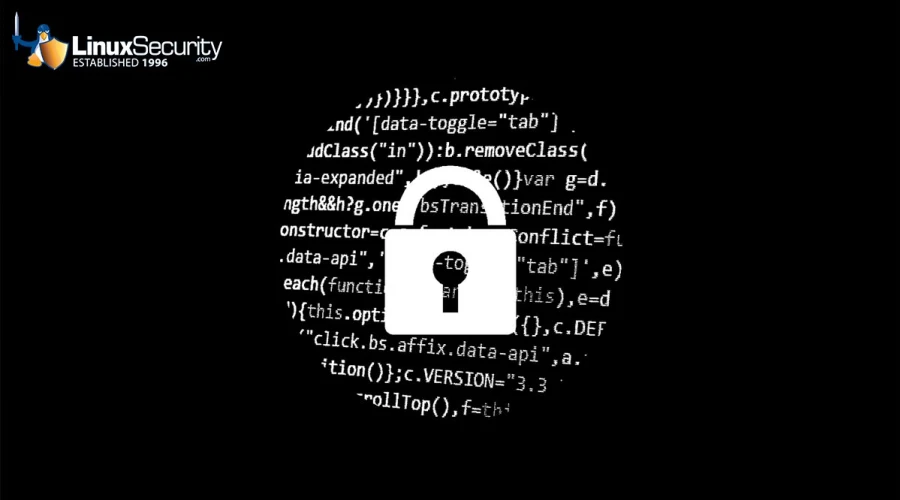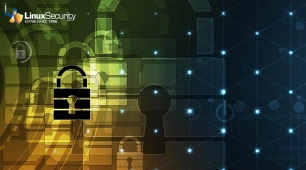
India's Computer Emergency Response Team (CERT-In) recently issued a high-risk advisory warning about Google Chrome vulnerabilities in versions prior to 131.0.6778.204 for Linux that could allow remote hackers to gain unauthorized access to impacted systems. As a Linux security admin, staying ahead of any threats that might compromise your systems is paramount.
These Chrome vulnerabilities present serious security threats, including remote code execution and potential data breaches that could allow unauthorized access and disruption. In this article, we'll examine critical details from this Chrome advisory, necessary mitigation steps, and the critical importance of staying updated for maximum protection.
What Vulnerabilities Have Been Found in Google Chrome?
 A significant security vulnerability, CVE-2025-0291, has been identified in Google Chrome, impacting users on multiple platforms, including Linux. This vulnerability arises from a type confusion issue within the V8 JavaScript engine, which could potentially allow malicious actors to execute arbitrary code on a victim’s system. Essentially, type confusion happens when the browser mistakenly accesses a resource using an incompatible type, leading to unexpected behaviors or even code execution.
A significant security vulnerability, CVE-2025-0291, has been identified in Google Chrome, impacting users on multiple platforms, including Linux. This vulnerability arises from a type confusion issue within the V8 JavaScript engine, which could potentially allow malicious actors to execute arbitrary code on a victim’s system. Essentially, type confusion happens when the browser mistakenly accesses a resource using an incompatible type, leading to unexpected behaviors or even code execution.
Mitre, a recognized authority in cybersecurity, explains that these types of vulnerabilities occur when there’s a mismatch in how data types are managed, leading to severe security flaws. In recognizing the severity of this issue, Google awarded $55,000 to Popax21, the security researcher who brought this vulnerability to light. Thus, immediately updating Chrome to version 131 is crucial for protecting your systems against this threat.
Understanding This CERT-In Chrome Advisory
India's CERT-In acts as a national cybersecurity incident response agency. When they issue high-risk advisories, this signals immediate attention is warranted on threats they have identified. For example, their recent advisory regarding Google Chrome identified multiple vulnerabilities that hackers could exploit to breach system integrity using the Chrome browser. They include:
- Type Confusion in V8.
- Out-of-bounds memory access in V8.
- Out-of-bounds write in V8 and Use after free in compositing.
When Google Chrome, widely adopted due to its efficiency and cross-platform support, becomes a potential security risk, prompt action must be taken to mitigate exploits. An advisory is issued not simply as a call to update your browser but as a reminder to implement stronger cybersecurity practices to effectively defend against vulnerabilities like these.
The Importance of Keeping Google Chrome Updated
 It is essential for all Chrome users to update Google Chrome to version 131.0.6778.264 right away to address the CVE-2025-0291 vulnerability. This update patches a critical security flaw that could otherwise be exploited to execute malicious code on your systems. To manually update Chrome, go to the Help section in your Chrome menu and select the About option. This will trigger an automatic security update. Don’t forget to restart your browser afterward to ensure the new security measures take effect.
It is essential for all Chrome users to update Google Chrome to version 131.0.6778.264 right away to address the CVE-2025-0291 vulnerability. This update patches a critical security flaw that could otherwise be exploited to execute malicious code on your systems. To manually update Chrome, go to the Help section in your Chrome menu and select the About option. This will trigger an automatic security update. Don’t forget to restart your browser afterward to ensure the new security measures take effect.
Given how serious this vulnerability is, it’s vital to handle the update process proactively instead of waiting for automatic updates. Taking immediate action reduces the risk of potential exploitation, which is why staying on top of security updates is a fundamental part of good cybersecurity practices. This step is not just a formality; it’s a necessary action to maintain the integrity and safety of your systems.
Monitoring Security Advisories
Staying up-to-date is key to effective cybersecurity management, and following advisories from CERT-In and other relevant bodies such as LinuxSecurity.com will keep you abreast of emerging threats and the best defenses against exploits. Such advisories provide invaluable insights into vulnerabilities' nature, impacts, and actions necessary for protection from exploitation.
Security is an ever-evolving field, with new vulnerabilities and threats emerging constantly, and staying current with advisories allows Linux admins to take proactive measures in securing their systems.
Strengthening Browser Security
Linux admins can take additional steps to strengthen browser security beyond simply updating the browser, such as adding security-focused extensions. Such extensions provide an added layer of protection by blocking malicious websites, tracking attempts, and protecting against phishing attempts - yet it's vitally important that they come from reliable sources, as malicious extensions could introduce additional vulnerabilities into your systems.
Regular security audits and scans on systems running Chrome are other best practices that should be adhered to. Conducting security audits allows administrators to detect any potential vulnerabilities or misconfigurations that could be exploited. Such audits include checking for outdated software and available updates, verifying extensions installed via Chrome, and verifying browser security settings. By conducting regular security audits, Linux admins can identify potential threats early and address them effectively before they become significant threats.
Educating Users
 A key cybersecurity strategy is cultivating a culture of awareness and responsiveness among users. Part of our role as Linux security admins should include informing our user base of the importance of browser updates and general security best practices.
A key cybersecurity strategy is cultivating a culture of awareness and responsiveness among users. Part of our role as Linux security admins should include informing our user base of the importance of browser updates and general security best practices.
Training sessions and regular communications such as newsletters or emails can be practical training tools. Such efforts should focus on installing updates quickly, recognizing phishing attempts promptly, and reporting any suspicious activities to ensure an informed and engaged user base that helps strengthen the collective security posture of an organization.
Implementing Layered Security Measures
While updating Chrome and reviewing advisories are essential parts of comprehensive protection, developing a broader and multilayered strategy for comprehensive protection is equally as crucial. Layered security utilizes multiple defensive measures - like firewalls, IDS systems, and endpoint security solutions - to effectively guard systems and data against attacks.
As well as technical measures, stringent access controls, and regular user permission reviews are essential steps toward mitigating the risk of unauthorized access. Ensuring users only have the minimum access necessary for performing their tasks helps eliminate potential attack vectors.
Regular Backups and Incident Response Plans
 Even when all reasonable precautions have been taken to prevent security breaches, we must be prepared for any possible incidents that may arise. Regularly backing up critical data ensures that it can be restored without undue disruption in case of a breach. These backups should also be stored safely and periodically tested to verify their integrity and effectiveness.
Even when all reasonable precautions have been taken to prevent security breaches, we must be prepared for any possible incidents that may arise. Regularly backing up critical data ensures that it can be restored without undue disruption in case of a breach. These backups should also be stored safely and periodically tested to verify their integrity and effectiveness.
An incident response plan is of equal importance. A comprehensive incident response strategy allows Linux admins to respond swiftly and effectively in case of security breaches, including containment measures, communication protocols, and recovery procedures. Having such a plan, they can ensure a swift response that mitigates negative consequences.
Future-Proofing Security Measures
Cybersecurity is an evolving process that demands constant vigilance and adjustment. As new vulnerabilities emerge and attack methods advance, Linux administrators must remain proactive in adapting their security measures accordingly. Reevaluating security policies frequently, remaining informed of emerging threats, and taking advantage of advanced security technologies are all part of future-proofing defense strategies.
Investment in ongoing training and development for security teams is paramount. By keeping abreast of new trends and technologies, Linux administrators can ensure that their security measures protect systems and data effectively.
Our Final Thoughts on CERT-In's Recent Chrome Security Advisory
CERT-In's high-risk advisory for Google Chrome users underscores the significance of practicing strong, proactive security strategies - such as keeping Google Chrome updated, keeping up-to-date on security alerts, and taking extra security precautions when managing risk.
Linux admins can build a more assertive security posture within their organization by cultivating security awareness among users, conducting regular audits, and implementing robust incident response plans. Successful cybersecurity requires being aware, vigilant, informed, and ready for new challenges. By taking these proactive measures to protect against vulnerabilities, we can ensure a safer digital environment for ourselves and our users.



















